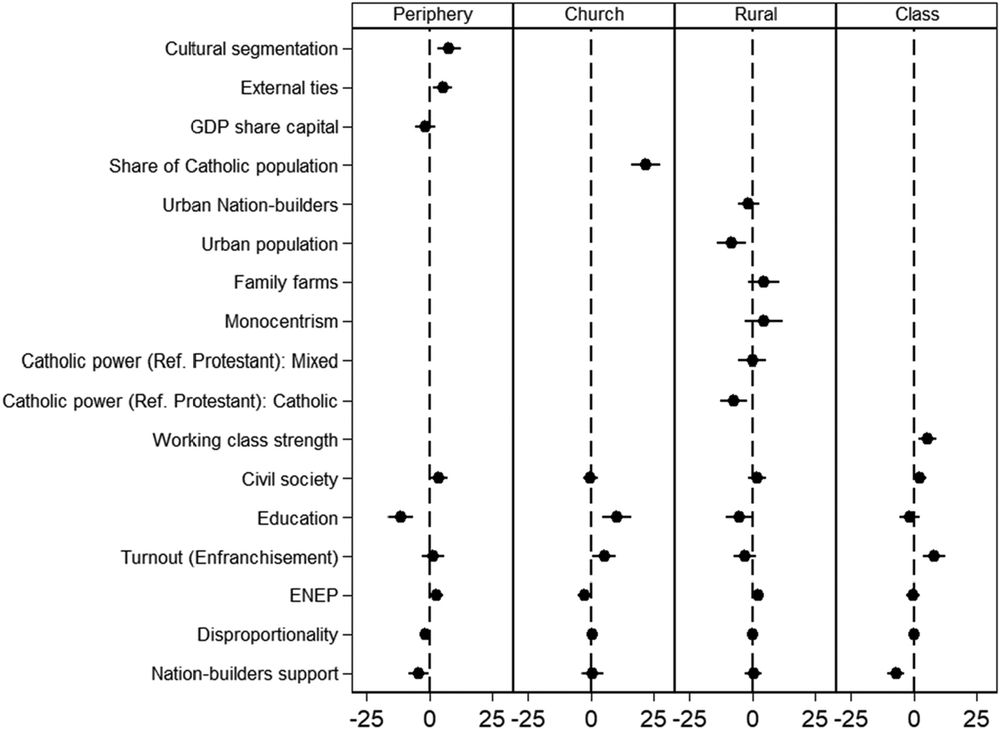Vincenzo Emanuele
@vincenzoemanuele.bsky.social
200 followers
390 following
27 posts
Associate Professor of Political Science and Deputy Director of CISE, Luiss, Rome. Author for Routledge and Palgrave. Cleavages, elections, new parties, party system change, technocracy, party competition, and voting behavior. Personal views only.
Posts
Media
Videos
Starter Packs
Pinned
Reposted by Vincenzo Emanuele
Reposted by Vincenzo Emanuele









